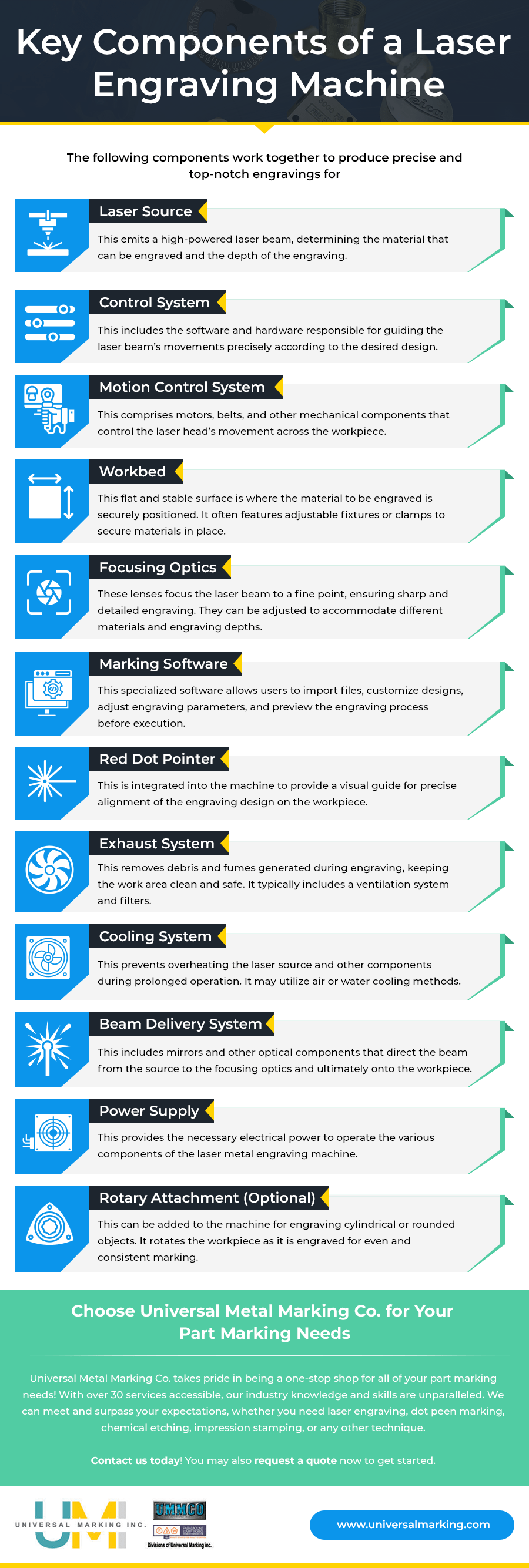Silk screen printing is a technique used to ink mark various materials, including metal, fabric, plastic, wood and glass. It is a popular technique because once the screen is made, you can replicate the graphic on many pieces. Silk screen printing is utilized in various industries, including, commercial, aerospace, technology, defense and arts and entertainment. This article takes an in-depth look into the benefits and applications of silk screening, from decorating intricate components to fabricating durable labels.
What Are Silk Screens?
Silk screens include a frame with a fine mesh fabric stretched over it. Screens can be made from various materials, including, vinyl, silk, nylon, polyester or stainless steel. Stencil artwork is created on the mesh screen and the ink pushed through the screen using a rubber blade and the image is transferred to the material below. Silkscreens allow you to print multiple colors by doing multiple layers of screens. The artwork on the screen can be text or an image, such as a logo.
An advantage of using the silk screen printing method is the availability of multiple colors, including white, black, and yellow. The process creates text in these colors and legible fonts for maximum readability. Here is an overview of the key benefits of silk screening.
Versatility
Silk screen printing is extremely versatile and offers considerable design freedom. Multiple ink colors can be used for printing onto the following substrates:
- Fabric
- Glass
- Metal
- Plastic
- Wood
Durability
Unlike other printing methods, silk screening involves heavy ink coverage and can create durable, long-lasting prints to withstand extreme outdoor environments without fading or deteriorating. These additives and coatings can make the printing ink resistant to the following factors:
- Chemicals
- Moisture
- Scratches
- Ultraviolet (UV) Rays
Color Vibrancy
Silk screening can produce bold, vibrant colors that are often difficult to replicate using other printing methods. Screen printing uses separate layers to achieve vibrant multi-color designs, allowing each color to retain its brilliance.
Cost-Effectiveness
After the initial setup, it is quick and easy to silk-screen products at high volumes. The process is cost-effective in the long run, and the more items printed, the less expensive the unit cost becomes.
High Efficiency & Speed
Silk screen printing is a fast, efficient printing technique that can be easily replicated once the original screen is created. It is an optimal solution for consistently printing the same design with exceptional speed and accuracy.
Simple Process
Screen printing can be a manual or automated process. The required tools, which include a mesh screen, rubber blade, and ink, are affordable and easily replaceable.
Silk Screening Techniques in Industrial Applications
These are the three main methods of silk screening in industrial applications.
Manual Screen Printing
Manual screen printing is preferred when the registration tolerance is 5 mil and the line width exceeds 7 mil. This method is easy to set up, but it is the least accurate because the output depends on several factors:
- Humidity
- Age of Ink
- Room Temperature
- Stroke Pressure
- Viscosity of Ink
Liquid Photo Imaging (LPI)
Liquid photo imaging (LPI) provides better accuracy than manual screen printing and is typically used when the line width is greater than 4 mil. LPI uses more ink and is the most time-intensive printing method, but it can deliver the best resolution of text and images. LPI involves exposing imageable film to UV light, similar to the technique used for applying a solder mask.
Direct Legend Printing (DLP)
Direct legend printing (DLP) is faster than LPI and offers the best accuracy among all the silk screening methods. In DLP, an inkjet printer and acrylic ink effectively print the silkscreen onto a board. The only downsides of this method is its cost, which is higher than those of the other processes.
A well-designed silk screen plays a crucial role in proper printing and streamlining the manufacturing steps.
Silk Screen Printing in Aerospace Industries
Universal Marking Inc. provides silk screening for many Aerospace applications including placards, panels and circuit boards. Silk screening can be performed in accordance with many specifications, including AA-5306 and AA-5632. Either epoxy or enamel inks can be used to mark parts depending on the requirements of the specification and/or customer.
Contact Universal Marking for your Silk Screening needs
In addition to marking components for identification purposes, silk screening adds artistry to precision industrial processes. Since 1975, Universal Marking Inc. has been a leading global provider of part marking services. As an AS9003-approved and ITAR-registered company, we offer more than 30 distinct part marking services, including silk screening, to meet your unique specifications.
Contact us today to learn more about our capabilities. You can also request a quote for detailed pricing information regarding your specific silk screen printing needs.

